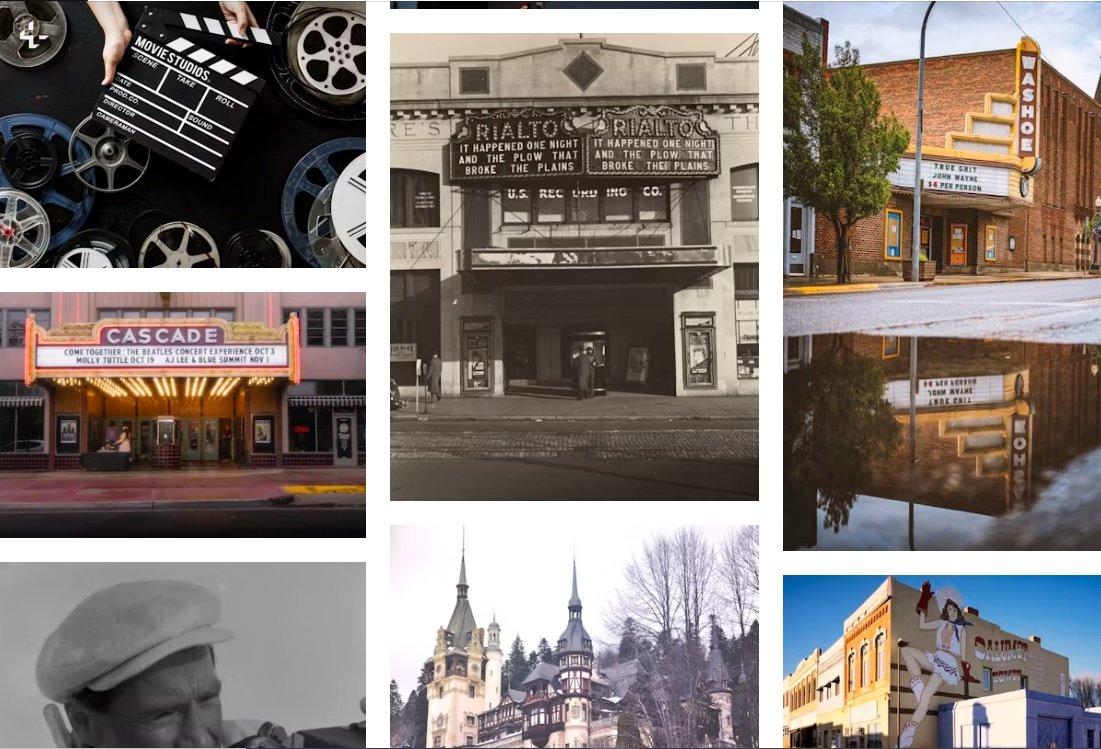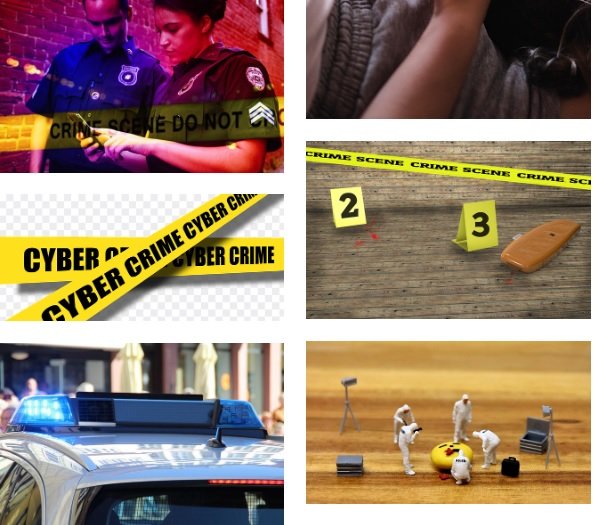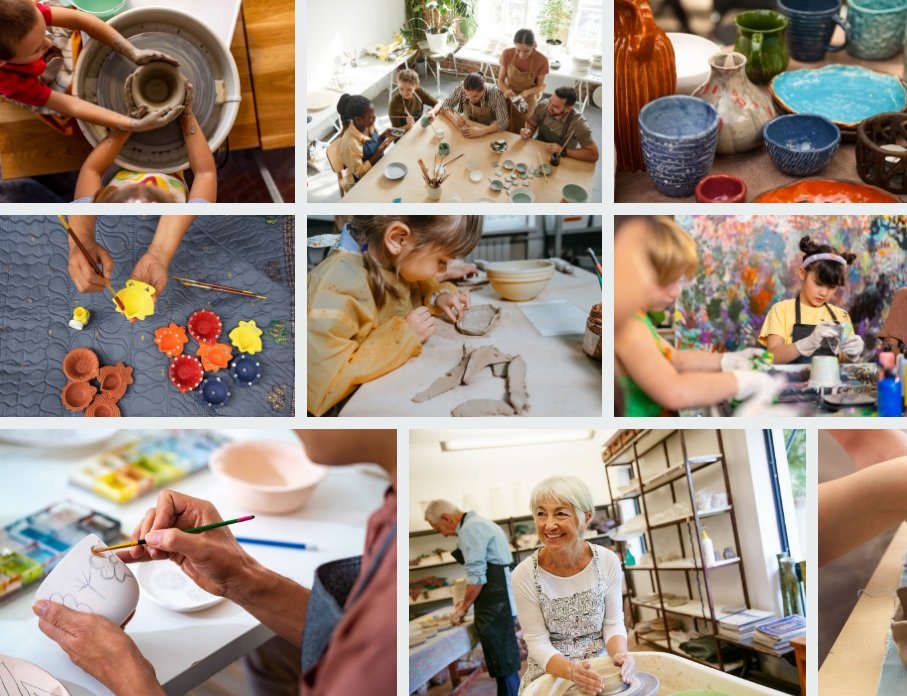The virtual arts (VA) are transforming the way we create, experience, and interact with art. But what exactly are virtual arts? Simply put, virtual arts encompass any form of artistic creation or expression that uses digital technology. From digital paintings to immersive virtual reality (VR) experiences, virtual arts are redefining the boundaries of creativity. As technology continues to advance, the role of virtual arts in society becomes increasingly significant, influencing various aspects of our lives.
Historical Background
Early Developments in Virtual Arts
The journey of VA began with the advent of computer graphics in the mid-20th century. Artists and technologists started experimenting with digital tools, leading to the creation of early digital artworks. These initial endeavors laid the groundwork for the sophisticated virtual art we see today.
Milestones in Digital Creativity
Over the decades, several key milestones have marked the evolution of VA. The development of graphic design software in the 1980s and 1990s, the rise of internet art in the early 2000s, and the recent explosion of VR and AR technologies have all contributed to the growth of this dynamic field.
Technological Advancements Driving Virtual Arts
Role of Computer Graphics
Computer graphics have been fundamental in shaping virtual arts. Advanced software allows artists to create intricate and visually stunning digital artworks that were previously unimaginable. Programs like Adobe Photoshop and Blender enable artists to manipulate images and create 3D models with precision.
Influence of Virtual Reality (VR) and Augmented Reality (AR)
VR and AR technologies have opened new dimensions for artistic expression. VR allows artists to create fully immersive environments that viewers can explore, while AR overlays digital elements onto the real world, blending physical and virtual realities. These technologies have expanded the possibilities for interactive and participatory art.
Virtual Arts in Different Fields
Virtual Arts in Entertainment
The entertainment industry has embraced VA in numerous ways. Video games, animated films, and virtual concerts are just a few examples of how digital art enhances storytelling and audience engagement. Virtual reality experiences, such as immersive theater productions, push the boundaries of traditional entertainment.
Impact on Education
The virtual arts have revolutionized education by providing new tools for learning and creativity. Digital platforms offer interactive and engaging ways to study subjects ranging from history to science. VR simulations allow students to explore historical sites or conduct virtual experiments, making learning more immersive and effective.
Applications in Healthcare
In healthcare, VA are being used for therapeutic purposes. Art therapy programs leverage digital tools to help patients express themselves and cope with stress. VR applications are also used in pain management and rehabilitation, providing immersive environments that distract and engage patients.
Economic Impact of Virtual Arts
Virtual Art Market Trends
The market for virtual art is booming. Digital art pieces are being sold for significant sums, especially in the form of non-fungible tokens (NFTs). NFTs have created new opportunities for artists to monetize their work and reach a global audience. This trend has reshaped the art market, making it more accessible and dynamic.
Job Creation and Opportunities
The growth of virtual arts has led to the creation of numerous job opportunities. From digital artists and VR developers to curators of virtual galleries, the demand for professionals in this field is on the rise. This burgeoning industry offers diverse career paths and contributes to economic growth.
Cultural Significance of Virtual Arts
Influence on Contemporary Culture
The VA have a profound impact on contemporary culture. They challenge traditional notions of art and creativity, encouraging new forms of expression. Digital art is omnipresent in our daily lives, from social media filters to interactive installations in public spaces, reflecting and shaping modern culture.
Preservation of Cultural Heritage
The VA also play a crucial role in preserving cultural heritage. Digital archives and virtual reconstructions of historical sites allow future generations to experience and learn about the past. These technologies ensure that cultural treasures are preserved and accessible, even as physical sites face threats from time and nature.
Virtual Arts and Social Change
Promoting Inclusivity and Diversity
The virtual arts promote inclusivity and diversity by providing a platform for underrepresented voices. Digital tools enable artists from diverse backgrounds to share their perspectives and reach a global audience. This democratization of art fosters a more inclusive and vibrant cultural landscape.
Empowering Marginalized Communities
Virtual arts empower marginalized communities by giving them a voice and a means of expression. Projects that focus on social issues and community storytelling can bring attention to important causes and inspire action. Virtual art has the potential to drive social change and promote equality.
Challenges and Criticisms
Technical Barriers
Despite its many advantages, virtual art faces technical barriers. The high costs of advanced equipment and software can limit access for some artists. Additionally, the need for specialized skills in digital tools can be a hurdle for those unfamiliar with technology.
Ethical Considerations
The rise of virtual arts also raises ethical considerations. Issues such as copyright infringement, data privacy, and the environmental impact of digital art production need to be addressed. Ensuring that virtual arts are created and consumed responsibly is essential for their sustainable development.
Future Prospects of Virtual Arts
Emerging Trends and Innovations
The future of virtual arts is filled with exciting possibilities. Emerging technologies like artificial intelligence (AI) and blockchain are set to further transform the field. AI can assist in creating generative art, while blockchain ensures the authenticity and provenance of digital artworks.
Potential Societal Impacts
As virtual arts continue to evolve, their societal impacts will grow. They have the potential to revolutionize how we experience and interact with art, breaking down barriers and creating new opportunities for connection and expression. The continued integration of virtual arts into everyday life will shape our cultural and social landscape.
Case Studies of Virtual Art Success
Prominent Virtual Art Projects
Several virtual art projects have gained international recognition. For example, the immersive VR experience “The Night Café” allows users to step into a Van Gogh painting, blending art and technology in a unique way. Such projects highlight the creative potential of virtual arts.
Influential Artists in the Virtual Realm
Influential artists in the virtual realm, like Beeple and Refik Anadol, are pushing the boundaries of digital art. Beeple’s digital collage “Everydays: The First 5000 Days” made headlines when it sold for millions as an NFT. These artists are pioneering new forms of expression and setting trends in the art world.
Virtual Arts and Personal Expression
How Individuals Utilize Virtual Arts
Individuals are increasingly using virtual arts for personal expression. Digital platforms and tools make it easier for people to create and share their art, whether it’s digital painting, 3D modeling, or virtual performances. This democratization of art allows everyone to participate in the creative process.
Benefits of Virtual Creativity for Mental Health
Engaging in virtual creativity has mental health benefits. It provides a therapeutic outlet for stress and anxiety, encourages mindfulness, and fosters a sense of accomplishment. Virtual arts can be a powerful tool for personal well-being and emotional expression.
Educational Value of Virtual Arts
Enhancing Learning through Virtual Tools
Virtual tools enhance learning by making it interactive and engaging. Educational programs that incorporate VR and digital art help students understand complex concepts and develop creative skills. These tools make education more accessible and enjoyable.
Virtual Arts in Schools and Universities
Schools and universities are increasingly incorporating virtual arts into their curricula. Courses on digital art, VR, and AR provide students with valuable skills for the future. These programs prepare students for careers in the rapidly growing field of virtual arts.
Virtual Arts in Public Spaces
Virtual Exhibitions and Galleries
Virtual exhibitions and galleries have become prominent platforms for displaying art. They offer a unique opportunity for artists to showcase their work to a global audience without the constraints of physical space. Virtual galleries, such as those hosted on platforms like Mozilla Hubs or VRChat, provide immersive experiences where visitors can explore art in a three-dimensional, interactive environment. This not only democratizes access to art but also allows for innovative curatorial practices that blend traditional and digital art forms.
Public Installations and Interactive Art
Public installations and interactive art have taken on new dimensions through virtual arts. Augmented reality (AR) installations, for instance, can transform everyday public spaces into dynamic canvases for artistic expression. Imagine walking through a park and seeing digital sculptures or murals appear through your smartphone. These installations invite public participation and engagement, making art a part of daily life and encouraging a broader appreciation for creativity.
Virtual Arts Communities and Collaboration
Online Communities and Platforms
The rise of online communities and platforms dedicated to virtual arts has fostered a vibrant and supportive environment for artists. Websites like ArtStation, Behance, and DeviantArt serve as hubs where artists can share their work, receive feedback, and connect with peers. These communities offer resources, tutorials, and collaboration opportunities, helping artists improve their skills and gain exposure.
Collaborative Virtual Art Projects
Collaborative virtual art projects bring together artists from different disciplines and locations to create something unique. Projects like The Johnny Cash Project, where contributors created individual frames for a collective music video, highlight the power of collaboration in virtual arts. Such projects leverage the strengths of digital tools to enable seamless cooperation and creativity across borders.
Conclusion
The VA are more than just a technological novelty; they are a profound and transformative force in modern society. From revolutionizing entertainment and education to offering new avenues for personal expression and social change, VA are reshaping the cultural landscape. They break down barriers, democratize access to art, and provide innovative ways to experience and interact with creativity.
As we look to the future, the potential of VA is boundless. Emerging technologies will continue to push the boundaries of what is possible, creating new opportunities for artists and audiences alike. Embracing VA means embracing a future where creativity knows no limits and where art can be experienced by anyone, anywhere.
FAQs
1. What are virtual arts?
VA encompass any form of artistic creation or expression that uses digital technology. This includes digital paintings, virtual reality experiences, augmented reality installations, and more.
2. How do the VA impact education?
The VA enhance education by providing interactive and immersive learning tools. They make complex concepts easier to understand and engage students in creative ways.
3. What is the economic impact of VA?
The economic impact of VA includes the booming market for digital artworks, particularly NFTs, and the creation of new job opportunities in fields like digital art, VR development, and virtual gallery curation.
4. Can VA help with mental health?
Yes, engaging in virtual creativity can have mental health benefits. It provides a therapeutic outlet for stress and anxiety, encourages mindfulness, and fosters a sense of accomplishment.
5. What challenges do VA face?
Challenges for VA include technical barriers such as the cost of equipment and software, the need for specialized skills, and ethical considerations like copyright infringement and data privacy.
















